Rabbis and shluchim to Jewish communities from around Europe convened in Vienna, Austria to address the growing challenge of assimilation among European Jews.
Photos: Itzik Belnitzki
“If not for the Holocaust, the Jewish people would number 35 million people today,” said Dr. Daniel Staetsky, statistician and expert on Jewish demography and a senior research fellow at the Institute for Jewish Policy Research in London (JPR). Dr. Staetsky made these statements at a conference organized by the Rabbinical Centre of Europe that focused on how to prevent assimilation.
The conference took place in Vienna on March 13-15, the 85th anniversary of the “Anschluss”, the annexation of fascist Austria to the Third Reich on March 12, 1938. The conference was attended by dozens of the eminent Rabbis from Israel and Europe, who are involved in efforts to combat assimilation in European countries.
Over the three-day event, the Rabbis discussed the various options for dealing with the perturbing assimilation phenomenon. They were presented with the results of a comprehensive new study on the subject, conducted by Dr. Staetsky, who examined the rate of assimilation in the Diaspora, parsed by age groups. The Rabbis were stunned by the information presented by the leaders of the RCE, who visited their homes, and at their request, the RCE convened an emergency conference to deal with the issue.
At the beginning of his speech, Dr. Staetsky presented the conference with the data on the distribution of the Jewish people in the countries around the world. Forty-five percent of the Jewish people live in the State of Israel, while 40% live in the United States. The rest live primarily in Europe, Australia and Latin America. According to the data, if not for the Holocaust, the Jewish people today would number 35 million, which is similar to the population of large European countries such as Poland and Romania.
Later in his speech, he presented surprising data according to which the rate of assimilation in the Reform communities in Europe is lower than among those who define themselves as secular. The audience, taken aback by the unexpected figure, challenged the lecturer with various questions, but Dr. Staetsky insisted that the results were reliable. He added a caveat that it is possible that the definition of conversion, Orthodox or Reform is what slightly skewed the data. He emphasized that, in principle, those who answered in his survey that they had married a Jew, it is assumed to mean a Jew by birth.
The chairman of Hidabrut, Rabbi Zamir Cohen, who also addressed the conference, interjected, and claimed that it is reasonable to say that the definition of “Jew” also appeared in the answers given by Reform people to the survey, so it is likely that the assimilation figures between secular and Reform Jews are the same, and that we are talking about complete gentiles according to Jewish law. “This is an important distinction that means that it is better for someone who was not born to a Jewish mother and father to define himself as a Reform Jews than as secular,” Rabbi Cohen noted.
The survey also showed that the highest rate of intermarriage of Jews is in Russia, followed by Hungary, Germany and the United States. Another finding was that the rate of intermarriage varies greatly depending on the country. The study found that among the largest Jewish communities in the world, Israel has the lowest rate of intermarriage: only 5% of Israeli Jews marry non-Jews. Among other findings in the data: In Belgium there is 14% intermarriage rate in the Jewish community; in Australia, 20%; in Great Britain, 22%; in Canada, 23%; in France, 24%; in Austria, 30 %; in the USA, 45%; in Germany, 46%; in Hungary, 55% and in Russia the rate is 63%.
In addition, Dr. Staetsky presented the levels of intermarriage based on different streams of Judaism in 12 European countries. According to the report, the rate of intermarriage of “Jews” and “secular Jews” is 48%. Among the members of the Reform movement, the rate is 35% and among traditional Jews and Conservatives, it is 11%. Among Orthodox Jews in Europe, only 3% marry non-Jews.
The conference opened with remarks by Rabbi David Lau, Chief Rabbi of Israel, on the subject of assimilation. He criticized the manner in which the Tanach is taught in some state schools and noted with distress that youths who travel to Poland on behalf of the state schools are exposed to inappropriate things that may lead to assimilation among the youth.
He shared an anecdote that he recently encountered as part of the efforts of various elements to bring foreigners into Israel under the guise of having an emotional connection to Judaism.
“Three people described as Rabbis travel to Uganda, and find a community there with 200 families. One of them enthusiastically described to me: ‘They don’t have water, they don’t have electricity, but they sang Kabbalat Shabbat, Lecha Dodi, so beautifully and so movingly, so we converted them after three weeks like that’. Now,” Rabbi Lau stated, “he wants me to recognize this conversion.
“I answered him that I, too, would have sung Lecha Dodi beautifully if I had received water, electricity and a basket of benefits like the State of Israel generously gives to immigrants. I said to him: ‘Do you think that the conversion you issued is a valid one? Excellent, but let them stay there. If they are righteous converts, as you said they were, the lack of electricity and water will not prevent them from being good Jews. Let’s test them.”
Rabbi Zamir Cohen said that the problem of assimilation is not only in Europe or abroad; it is also spreading in Israel. “The official assimilation figures in Israel are incomplete because there are a large number of Jewish girls in Arab villages who do not report. The motives for assimilation are a lack of information and Jewish pride,” he emphasized.
One of the speakers was Rabbi Yaakov Biederman, a Chabad shaliach, Rabbi in Vienna and a member of the Rabbinical Council in Europe. As someone who established a whole network of educational institutions in Vienna, he spoke extensively about education in Jewish institutions as a guarantee to prevent assimilation. Additional speakers and participating Rabbis were: Rabbi Binyamin Jacobs, the chief rabbi of the Netherlands and a member of the RCE presidium; Rabbi Yisrael Yaakov Lichtenstein, former Rabbi of Bnei Yisrael community in London and a member of the RCE presidium; Rabbi Yaakov David Shmahl, dayan of Shomrei Hadat community in Antwerp, Belgium and a member of the RCE presidium; Rabbi Levi Yitzchak Raskin, dayan on the Kedassia of London and member of the RCE presidium; Rabbi Pinchas Leibush Padwa, Chief Rabbi and Av Beit Din of Shomrei Hadat in Antwerp and member of the Rabbinical Council of Europe; Rabbi Yaakov Hotoveli, the Rabbi of Vienna; Rabbi Eliezer Shem Tov, Chabad shaliach in Uruguay and author of a book on intermarriage; Rabbi Yosef Pardes, a member of the Vienna Beit Din and a Rabbi in the city; Rabbi Hai Amram, a rabbi in Marseilles and Av Beit Din in Bordeaux, France, and member of the Rabbinical Council of Europe; Rabbi Ron Hasid, the Rabbi of Gibraltar and a member of the Rabbinical Council of Europe, as well as many Rabbis from European countries.
During the break between sessions, Rabbi David Lau and Rabbi Zamir Cohen paid a short visit to the yeshiva opened by the Jewish community in Vienna for the children who fled the horrors of the war between Russia and Ukraine. The yeshiva is in the community building in Vienna. The two were hosted by Rabbi Yaakov Biderman, the man behind the opening of the yeshiva, and the head of the yeshiva in the city of Rabbi Chaim Fieldstill. Rabbi Lau and Rabbi Zamir Cohen talked with the boys who are studying a tractate of Avodah Zarah and expressed admiration at their knowledge.
At a banquet held by the community in Vienna on Tuesday evening, some of the Rabbis in Europe sought to acknowledge and praise the RCE for its many initiatives, and especially for their assistance in building 87 mikvahs across Europe, and organizing professional courses and seminars. They noted with appreciation the Bnei Mitzvah trips for the children of Europe, which this year included 230 youths, the establishment of 28 chessed centers to lend medical equipment, the distribution of tens of thousands of sets of menorahs and mishloach manot packages, and the current preparation for the distribution matzot. All this is concurrent to the assistance they give and connections they have that help the Rabbis in the communities liaise with European governments.
Austria’s Jewish community is very old. At its peak between World War I and World War II, the Jewish community numbered about 250,000 Jews. Before and after the annexation of Austria to Nazi Germany in 1938, most of the Jews emigrated to Western countries and to Israel. Unfortunately, those who failed to leave in time perished in the Holocaust. After the Holocaust, the community shrunk significantly and today, it has about 15,000 registered community members, although there are probably about 20,000 assimilated Jews in Austria who fear being included in the community lists.
The dominant communities in the city today are the Bukharian community, the local community, the Russian-speaking community, the Chassidic and Lithuanian communities, the Georgian community and the Beit Chabad community. There are currently about 15 synagogues in the city that hold minyanin every day, and more than 20 synagogues that hold minyanin every Shabbat, with dozens of people participating in each one. There are currently 3 Jewish education centers operating in the city that operate kindergartens and schools attended by hundreds of students.
RCE Chairman, Rabbi Menachem Margolin said that the study conducted by Dr. Daniel Staetsky, and funded by the RCE, characterized the phenomenon of assimilation in an unprecedented way. The Rabbis are expected to use the findings to come up with ways of dealing with it. As the information is shared more widely, it will likely be met by surprise and generate a strong response.
RCE CEO Rabbi Arie Goldberg added that the conference is a real wake-up call to all European Rabbis and Jewish communities and underscores the need to strengthen efforts to imbue the diverse values of Judaism among the youth, as well as among the entire Jewish population of all ages. Rabbi Goldberg announced that due to high demand, the Jewish Inquiries division will be augmented and will answer questions regarding the clarification of Jewish identity through a special beit din of European Rabbis.
RCE Vice President Rabbi Yosef Bainhaker, who expended tremendous efforts into producing the conference, noted that beyond the successful and important conference, it was interesting to see how Rabbis who come from distant locations can go back after recharging spiritually, which gives them the strength they need to do their jobs.
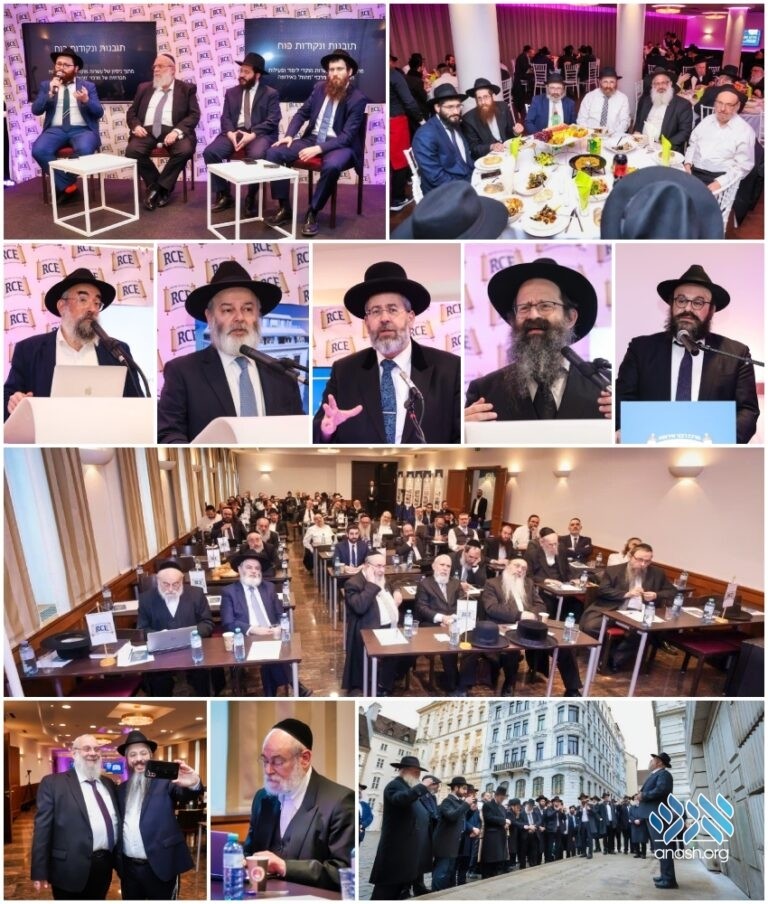



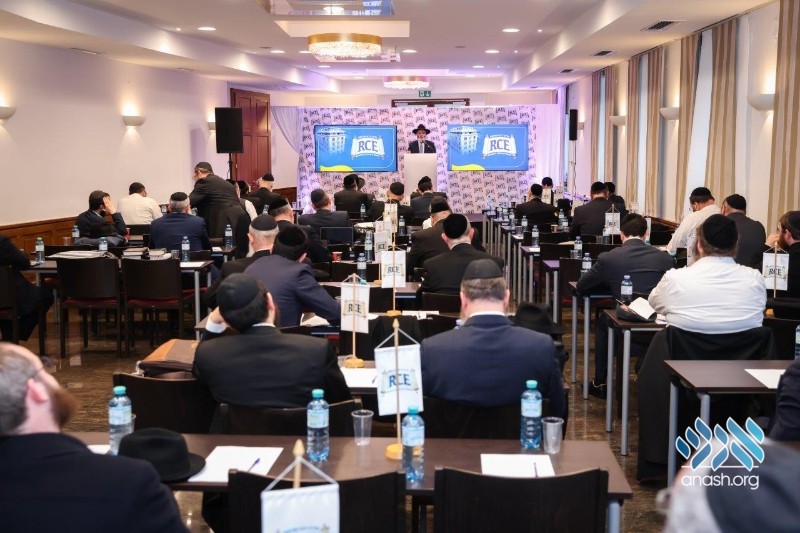
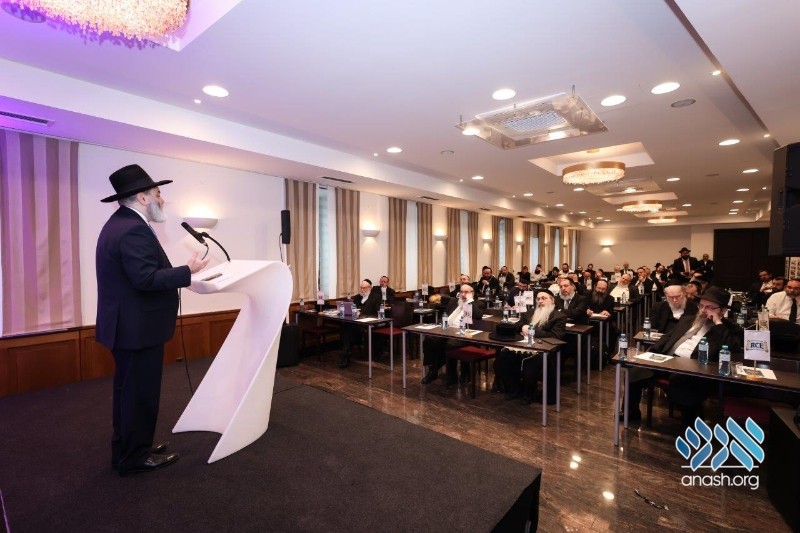


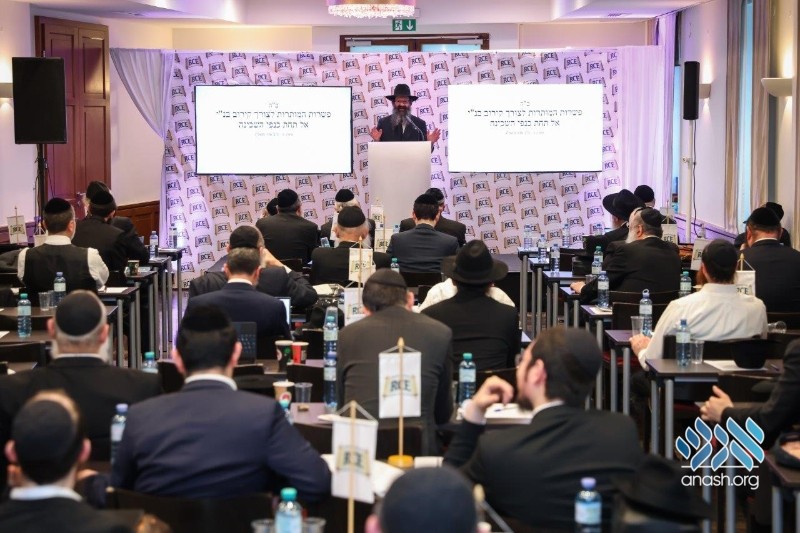
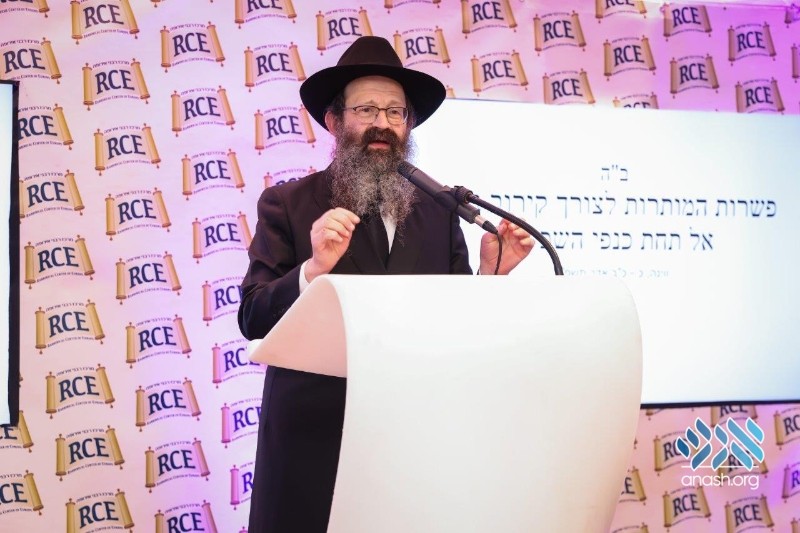
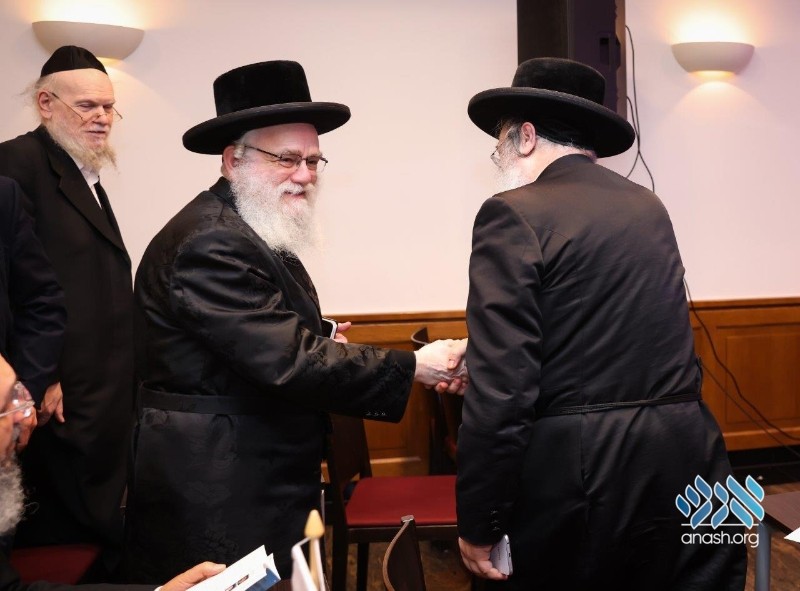
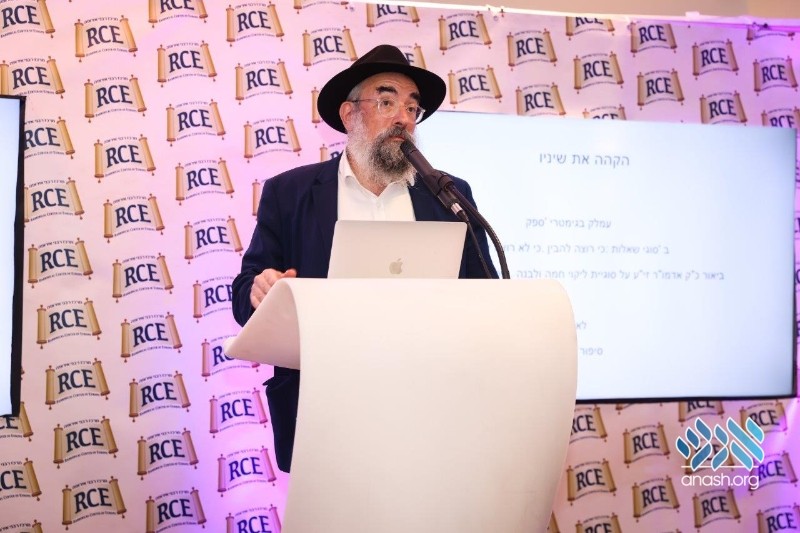
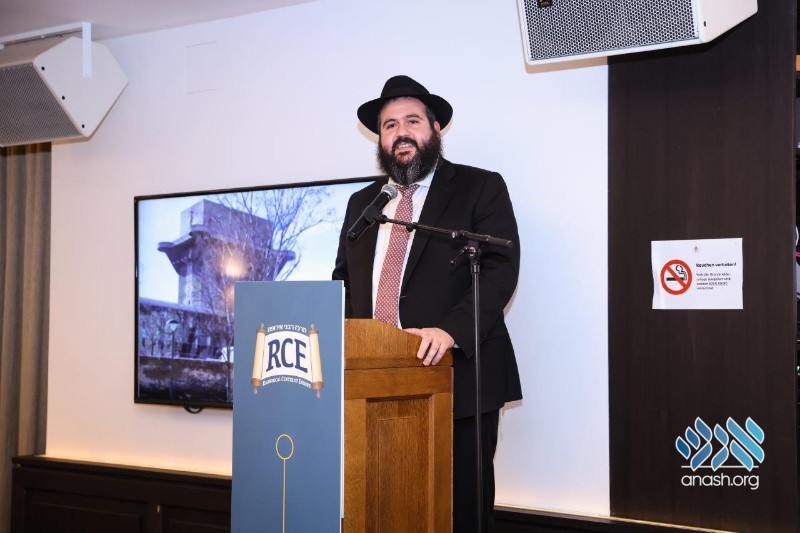
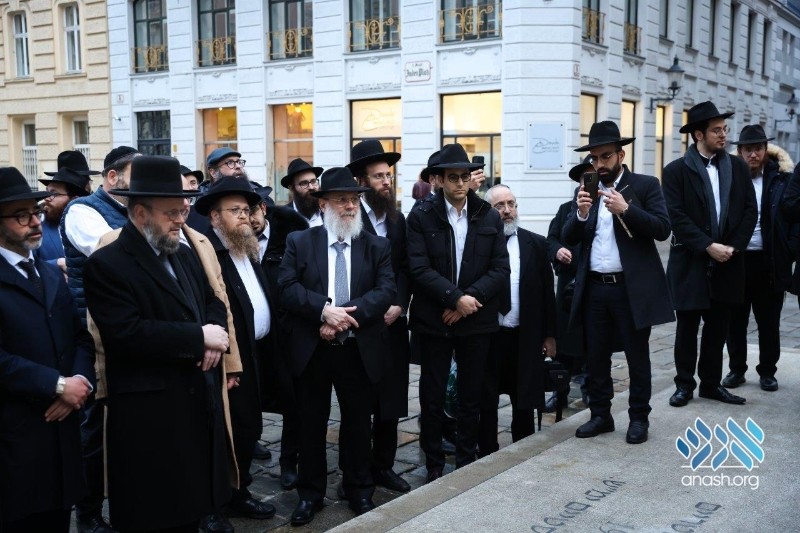

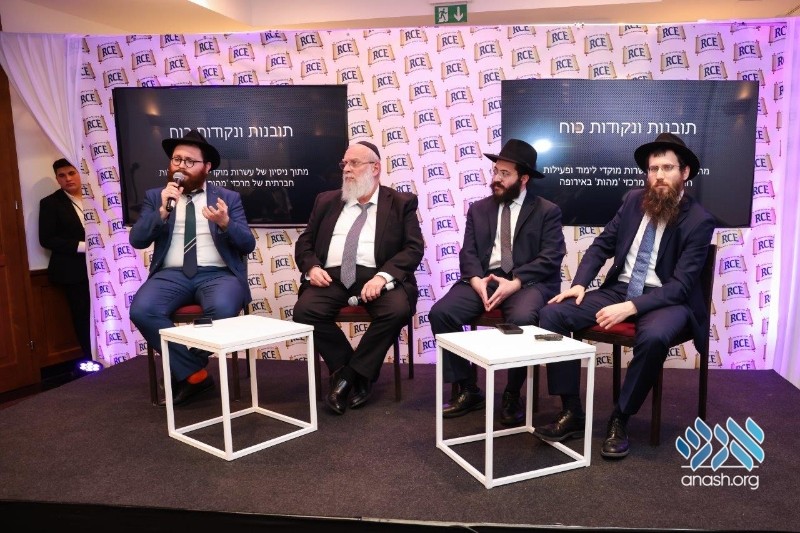



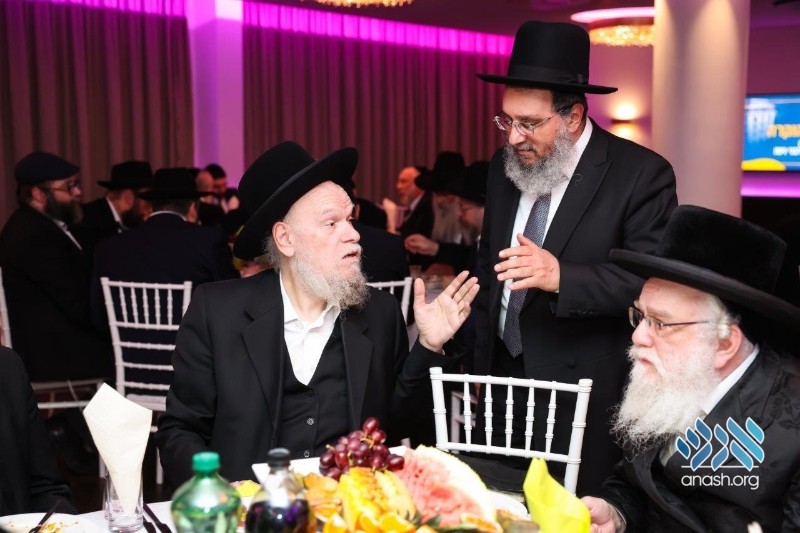
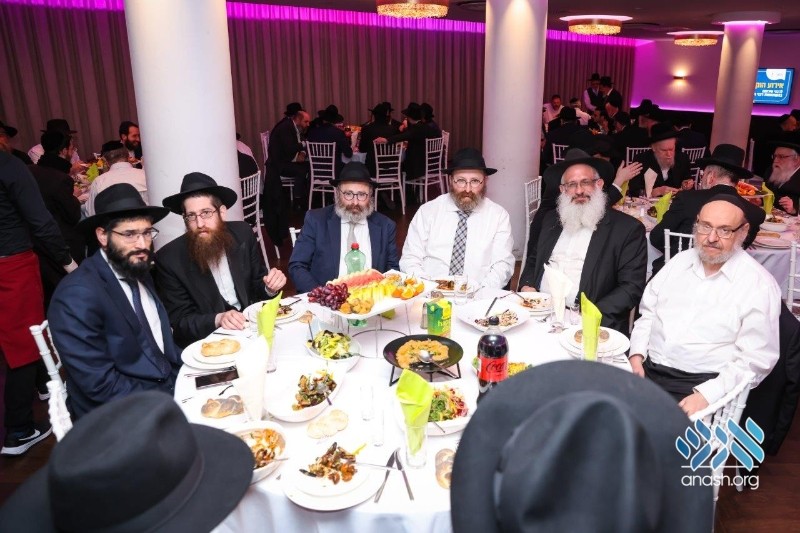

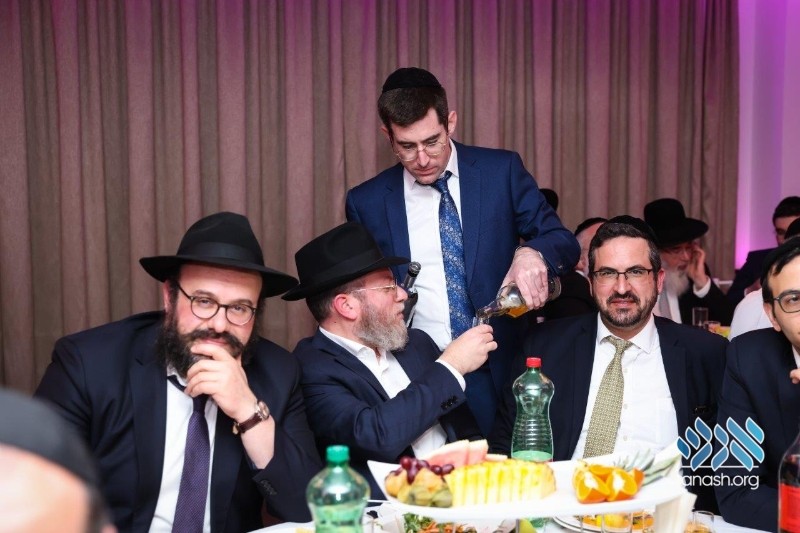
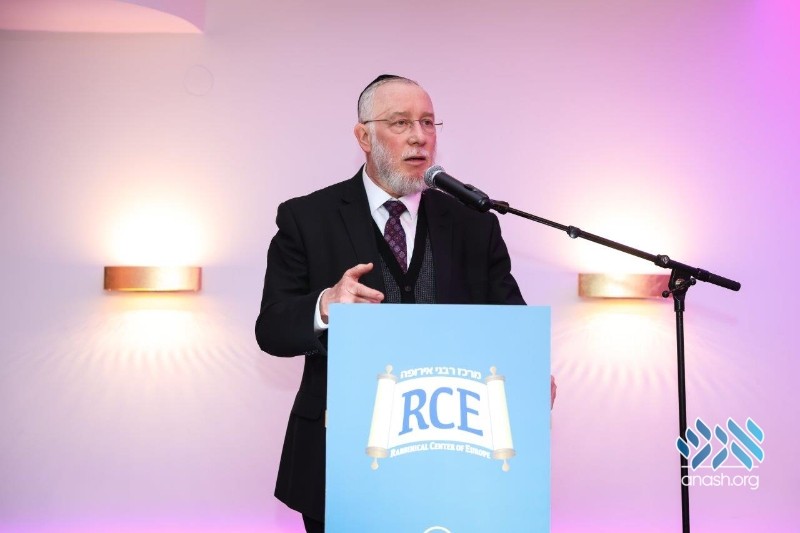

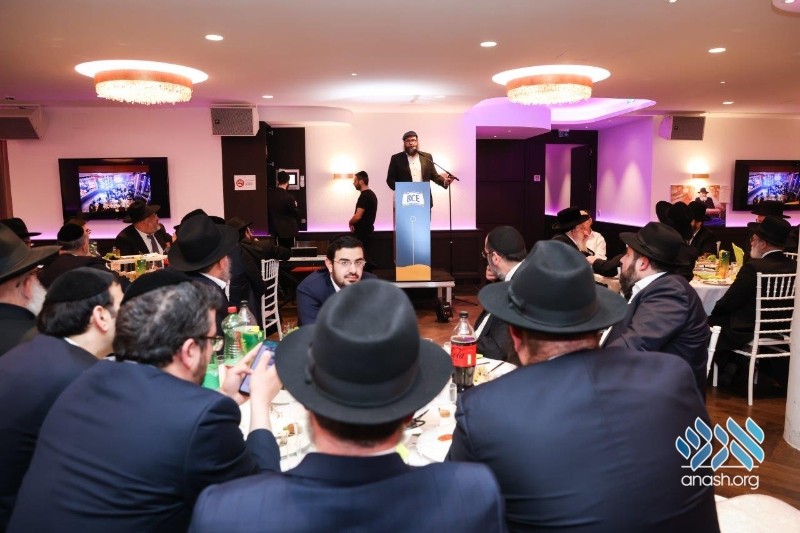
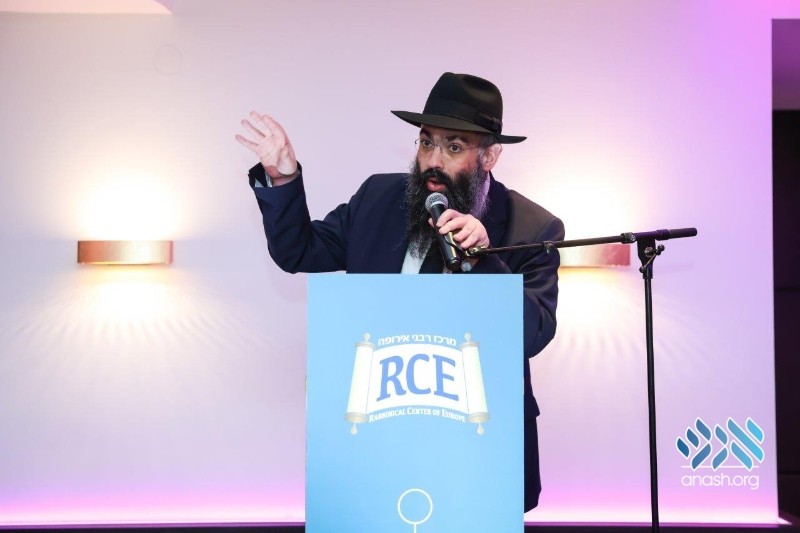

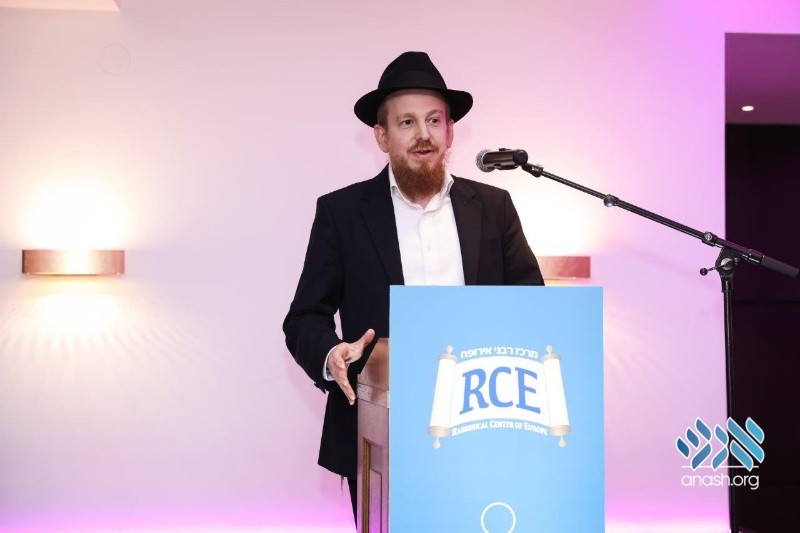
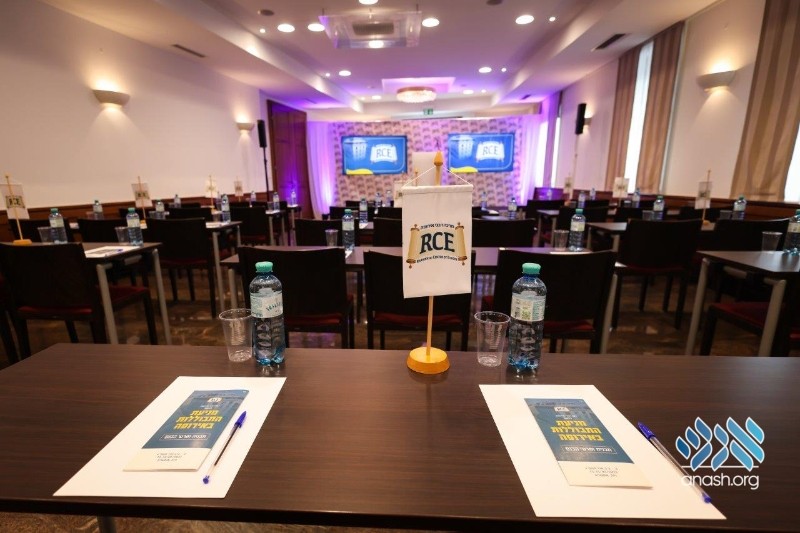
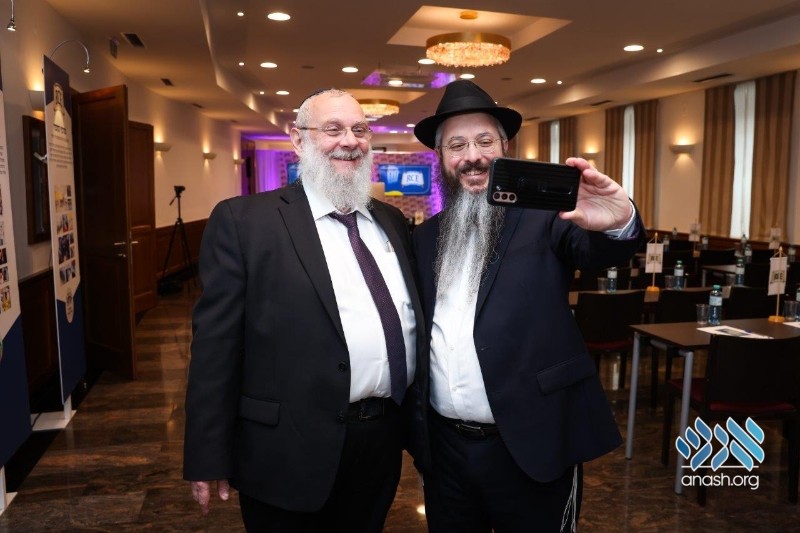
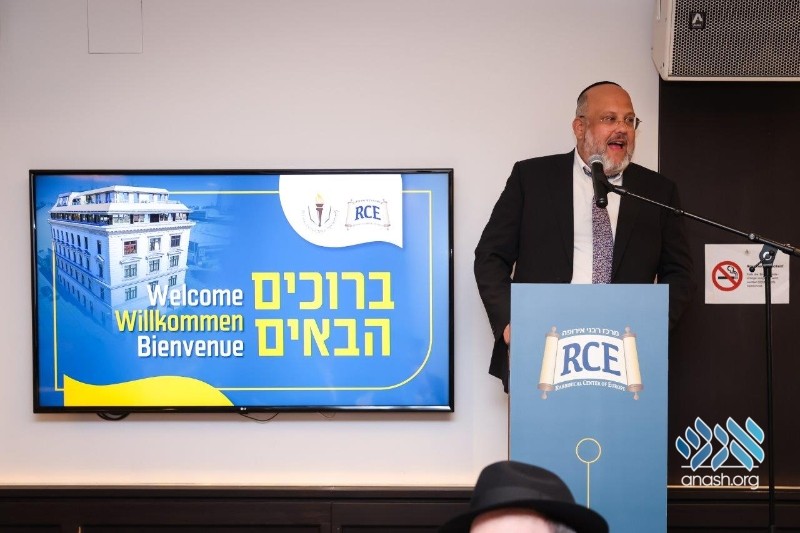
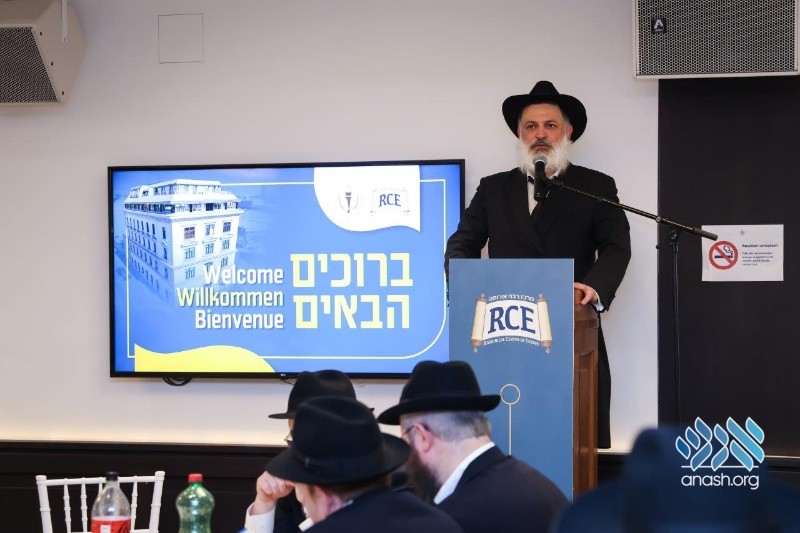

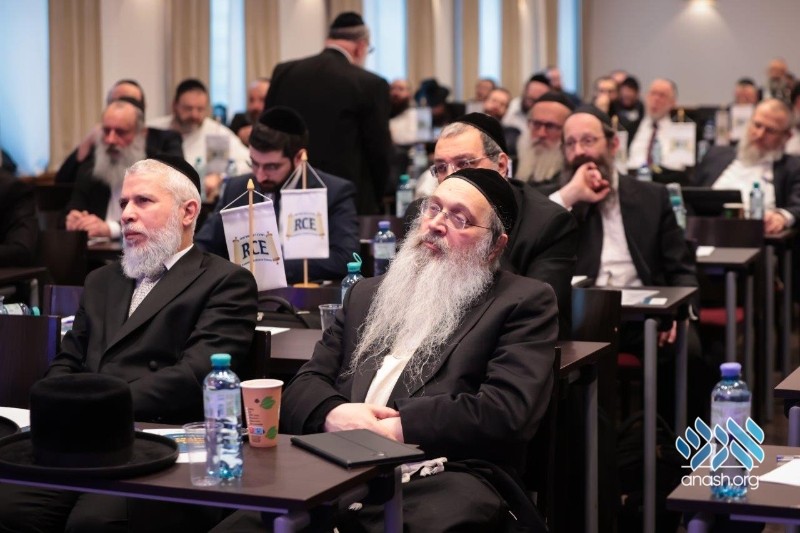

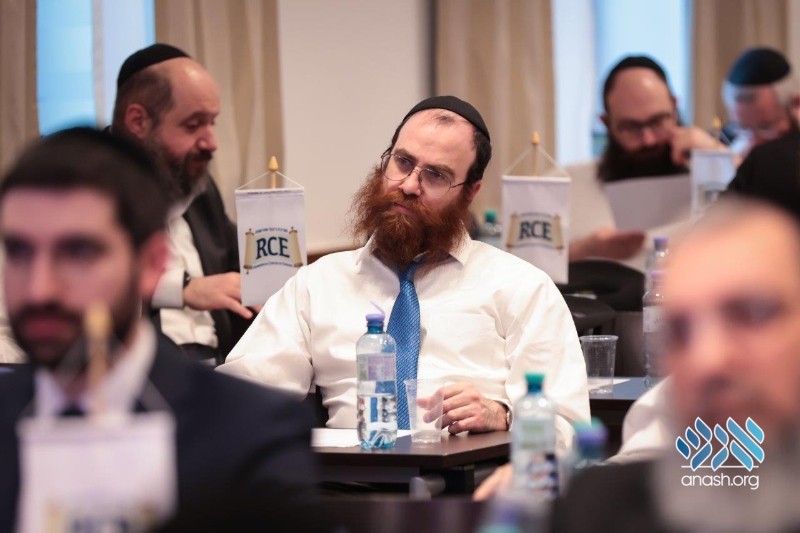

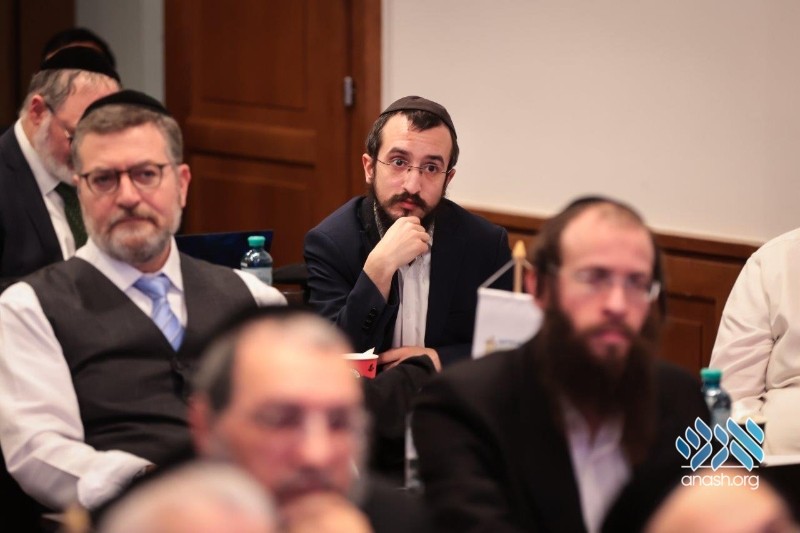
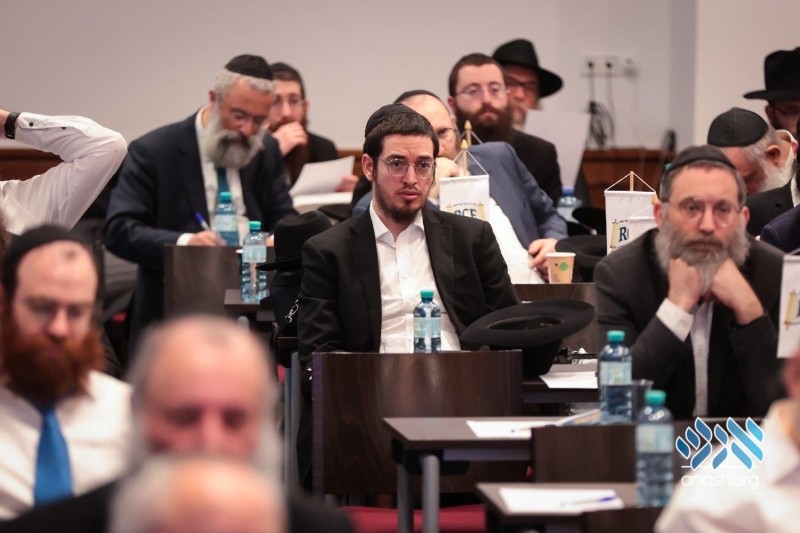
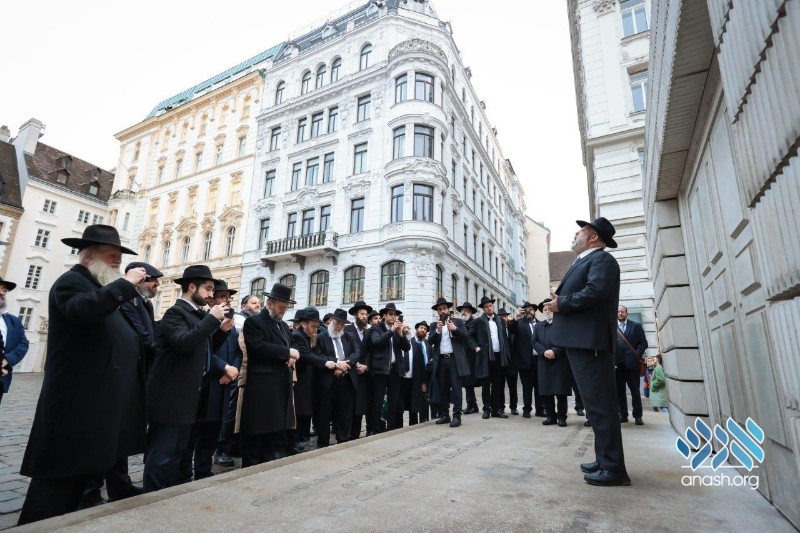
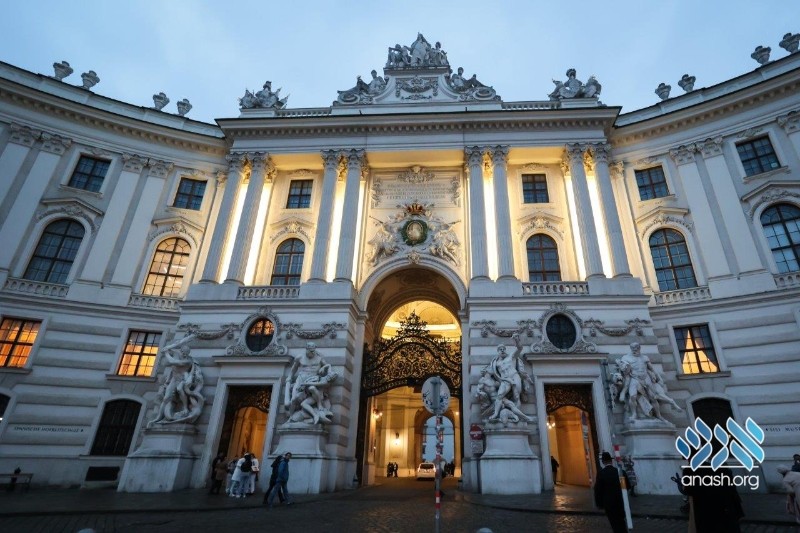
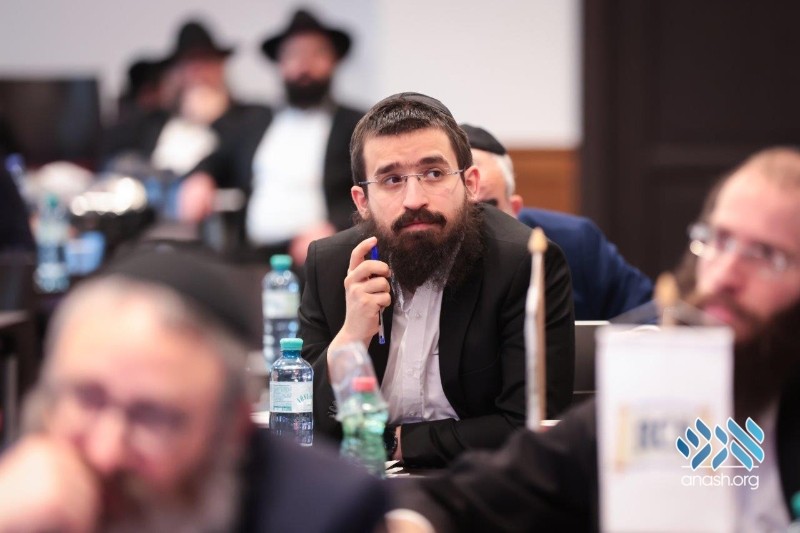
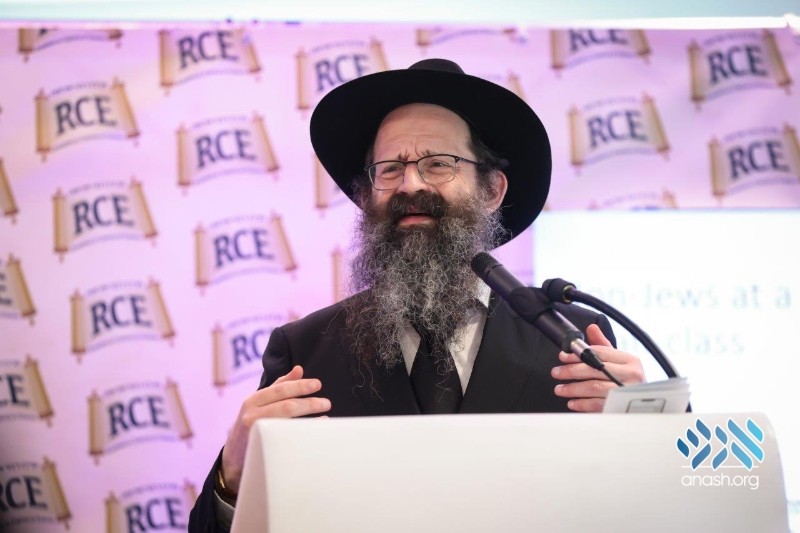


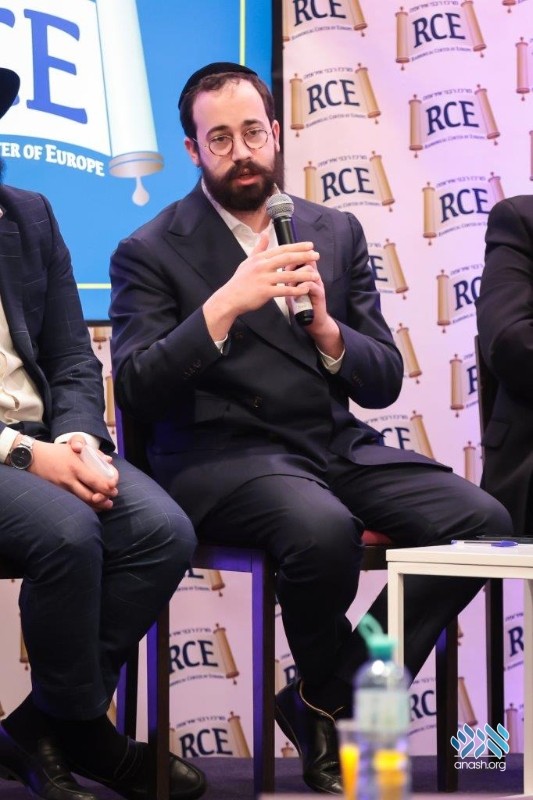
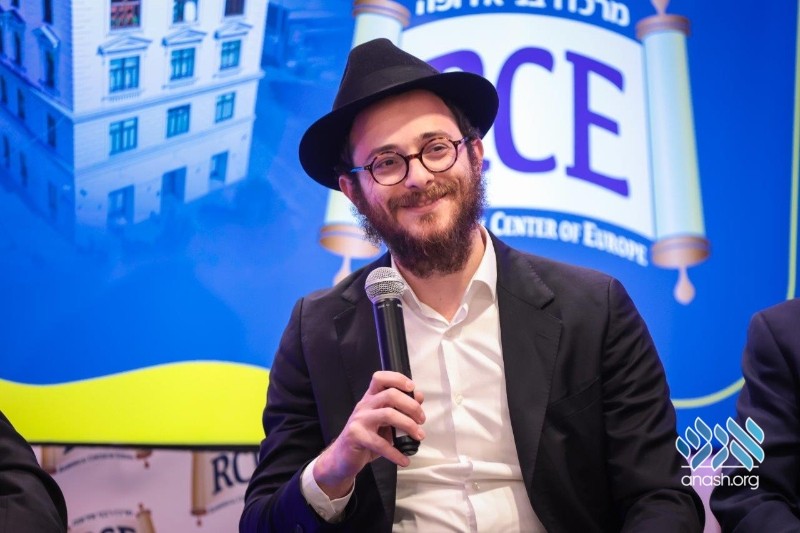
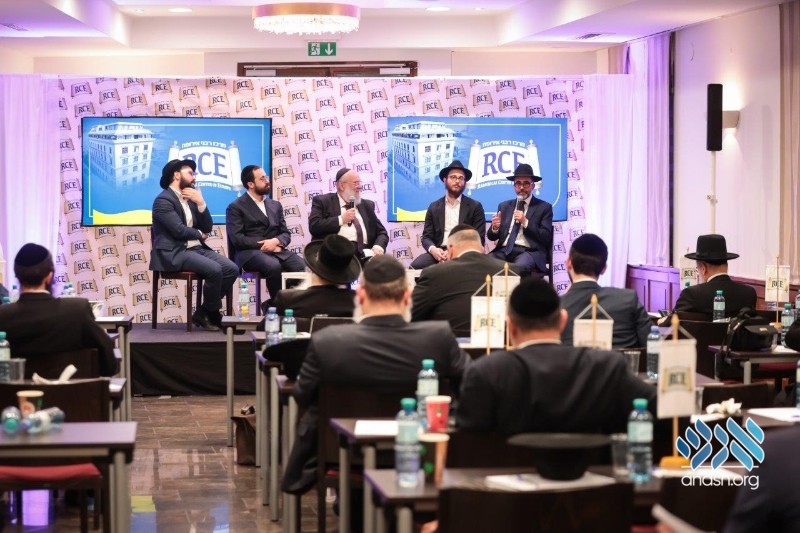


Discussion
In keeping in line with the Rabbonim's policies for websites, we do not allow comments. However, our Rabbonim have approved of including input on articles of substance (Torah, history, memories etc.)
We appreciate your feedback. If you have any additional information to contribute to this article, it will be added below.